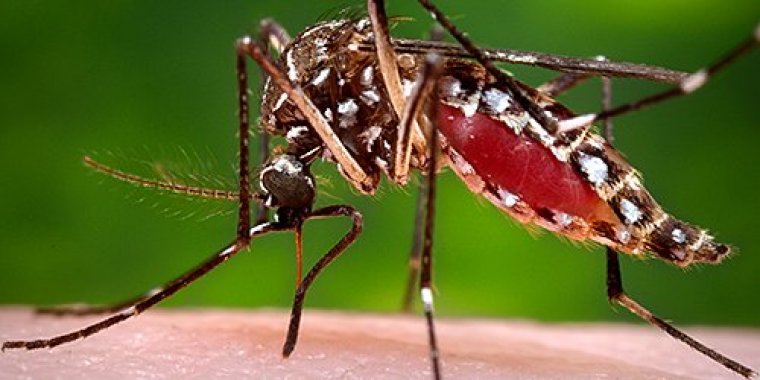| News / Science News |
Mosquitos rendered infertile by biological engineering
Scientists say they have almost eradicated populations of the world’s most invasive mosquito species from two test sites in China using a novel two-pronged approach which renders the insects infertile.

Mosquitos rendered infertile by biological engineering. Photo: NIH
The international team from Michigan State University (MSU) and Sun Yat-sen University reported a corresponding plunge in adult females, which transmit the disease to humans by biting. Their numbers fell by 83 per cent in 2016 and 94 per cent in 2017.
The breakthrough was achieved by combining two conventional methods of biological engineering for maximum effect.
Zhiyong Xi, molecular geneticist at MSU and lead researcher of the team, infected millions of factory-reared male mosquitoes with Wolbachia, a type of bacteria found in insect guts. When these males mate with uninfected wild females, the resulting eggs are sterile. The bacterium itself also suppresses the mosquitoes’ ability to transmit a virus.
Researchers also irradiated each batch of mosquitoes to sterilise any females left in the mix, because releasing Wolbachia-infected females has been shown to undermine the technique.
Considered a “neglected tropical disease” by the World Health Organization (WHO), dengue is spread by the females of the Aedes genus; this includes the species albopictus mosquito, or Asian tiger mosquito.
The disease, once relatively obscure, is on the rise: an estimated 390 million cases of dengue occur worldwide per year, with 96 million reporting symptoms that include high fever, joint pain, severe vomiting and respiratory distress.
Warming global temperatures are facilitating the spread of the vector mosquitoes into new areas, or increasing incidence of the disease where it is already present.
Applying the technique in populated areas will be a challenge, as the movement of people in and out of an area would facilitate an easier return of mosquitoes back into a previously treated area.
“In cities, we’ll look for wide roads or highways and use these as barriers to generate relatively isolated areas for treatment,” Xi told. “But human activity does present a challenge for using this tool in [an] urban setting.” (SciDev.Net)
YOU MAY ALSO LIKE



